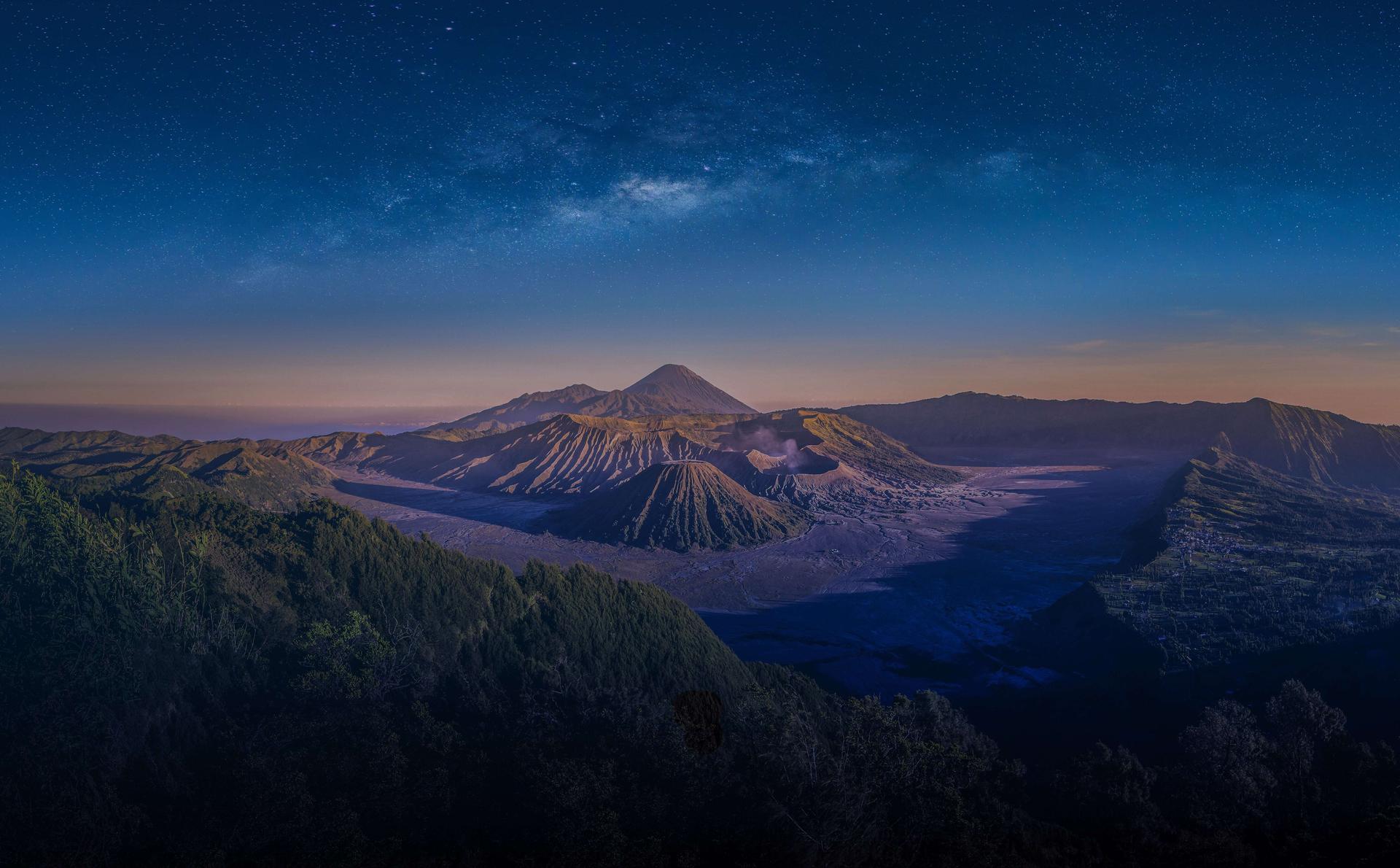Durga Puja 2025 – Celebration Dates, Rituals & Festive Guide

What Is Durga Puja? Unravelling the Spirit of Durga Mata Puja
Durga Mata Puja (also known as Durga Puja or Durgotsava) is one of the most cherished festivals in the Hindu calendar—especially in the eastern parts of India. While it honours the goddess Durga’s victory over the demon Mahishasura, this festival also weaves together mythology, artistry, devotion, and communal spirit. Drawing on trusted sources both timeless and contemporary, let's explore its origins, rituals, significance, and schedule for 2025.
Mythology and Origins
A burning lamp in a traditional Puja ritual with Goddess Durga in the background, captured during the Durga Puja festival in Kolkata.
Rituals and Symbolism
The festival begins with Mahalaya, the moment when the goddess is believed to return to earth. Devotees often listen to Chandi Path broadcasts, marking the spiritual onset of the event.
The last five days—from Shashthi to Vijaya Dashami—are celebrated with great devotion:
When Is Durga Mata Puja in 2025?
Here are the key dates for the 2025 Durga Mata Puja:
In summary, 28 September to 2 October 2025 are the principal days when Durga Mata Puja awakens, reigns, and bids farewell across communities.
Traditional Bengali dishes for Indian Hindu Goddess Durga Puja or festive food.
Why It Resonates So Deeply
Traditions & Guidelines: Observing with Reverence
While there’s no fixed “rulebook,” it's customary to:
How People Celebrate: Public Finesse & Cultural Fervour
Durga Puja is biggest festival of Hinduism.
Across West Bengal—especially Kolkata, where it's a UNESCO-listed cultural heritage—the streets come alive:
Feast-Time: What to Eat During Durga Mata Puja
Food is a cherished part of Puja celebration:

Sentosa Island

Universal Studios Singapore Halloween Horror Nights Tickets
Sentosa Island
S$68
Best Places to Experience Durga Mata Puja
Frequently Asked Questions (FAQs)
Q1: Why does Durga Puja always fall in September–October? It occurs in the Hindu month of Ashvin, typically aligning with September or October in the Gregorian calendar.
Q2: What are the main days of celebration? The most significant days are Shashthi, Saptami, Ashtami, Navami, and Vijaya Dashami—the final five of a ten-day period.
Q3: What is the significance of Sindoor Khela? On Vijaya Dashami, married women smear vermilion on each other and the goddess—symbolising marital blessings and communal joy.
Q4: What is Dhunuchi Nritya? A devotional dance performed with incense burners (dhunuchis) and traditional drums, mostly during Ashtami to Dashami, by devotees in devotional fervour.
Q5: Are there differences across regions? Yes—while core rituals remain, variations in styles, food, displays, and processions reflect local traditions across states and across the world
Discover flight with Traveloka
Tue, 11 Nov 2025

AirAsia Indonesia
Jakarta (CGK) to Singapore (SIN)
Start from S$45.90
Tue, 11 Nov 2025

Scoot
Ho Chi Minh City (SGN) to Singapore (SIN)
Start from S$63.01
Wed, 5 Nov 2025

Scoot
Kuala Lumpur (KUL) to Singapore (SIN)
Start from S$28.31
Top 10 Hotels in Singapore for Durga Mata Puja Celebrations
1. Raffles Hotel Singapore
A storied icon dating back to colonial times, Raffles exudes timeless elegance with its high-ceilinged suites and lush Palm Court. Its heritage charm and fine Indian dining make it especially apt for Durga Mata Puja travel.
2. Shangri-La Singapore
A lush haven just off Orchard Road, Shangri-La offers sprawling tropical gardens and excellent amenities. The serene garden wing is ideal for tranquil reflection after a day at Puja pandals.
3. The Fullerton Hotel Singapore
Set within a neoclassical landmark, this hotel offers magnificent views of Marina Bay and easy access to cultural hotspots. It’s ideal for families or visitors who appreciate refined surroundings.
4. Marina Bay Sands
Though not explicitly cited, this famed architectural marvel is a must for dramatic skyline views and proximity to the cultural heart of Little India.
5. Pan Pacific Singapore / PARKROYAL COLLECTION (Marina Bay & Pickering)
Recognised by Forbes as top-tier hotels, these are meticulously maintained and ideally located for both sightseeing and festival excursions.
6. Capella Singapore
Nestled in a rainforest-like setting on Sentosa, this is a great option if you seek peace after festival crowds—though a bit removed from the centre.
7. The St. Regis Singapore
Located in the Embassy District and close to Orchard Road and Botanic Gardens, this hotel blends art-filled interiors with indulgent service—great for Puja-goers seeking luxury and calm.
8. Mandarin Oriental Singapore
Praised by Condé Nast Traveler, this property stands out for its elegant views over Marina Bay and polished comfort—ideal for an indulgent stay.
9. The Singapore Edition or The Standard
These trendy options offer a modern twist on hospitality with distinctive décor, ideal for younger travellers or those fond of a stylish setting.
10. YOTEL Singapore Orchard Road or Carlton Hotel
Great mid-range options that combine convenience, affordability, and comfort—perfect for those prioritising budget without compromise.
Why These Stays Shine During Durga Mata Puja
You can plan your Durga Mata Puja celebration with ease by booking attraction tickets, hotels, and flight tickets directly through the Traveloka App. Discover more about the festival, secure your stay, and arrange your travel in just a few taps for a smooth and memorable festive experience.
Tags:
date in singapore
In This Article
Recommended Articles

Everything About Thepprasit Market You Can’t Miss in Pattaya

Jodd Fairs Night Market: Food, Shopping, and Fun (New Address & How to Go)

Phu Quoc Night Market: Complete Guide for The First Timer

Beijing Night Market: Street Food, Shopping & Local Culture

6 Tainan Night Markets Every Traveller Should Not Miss

Black Friday 2025: Your Guide to the Best Travel Deals





















 Facebook
Facebook Instagram
Instagram TikTok
TikTok Youtube
Youtube Telegram
Telegram
